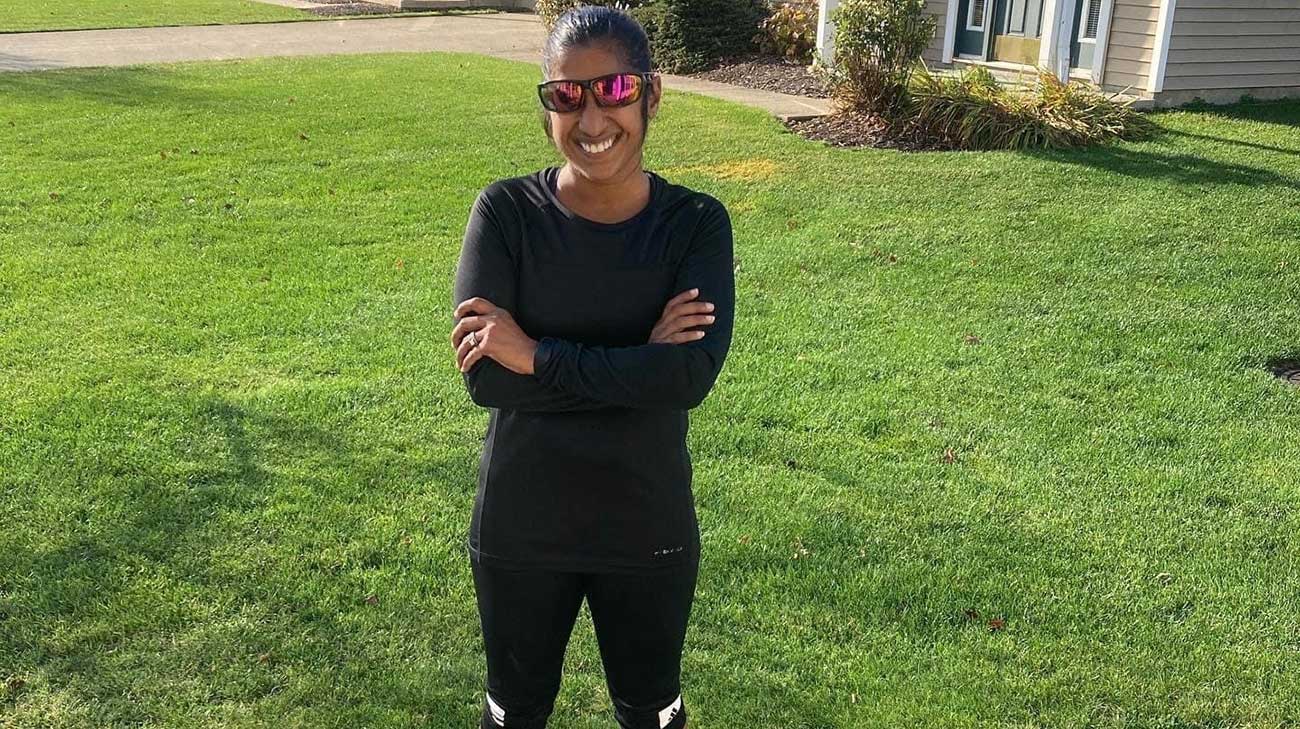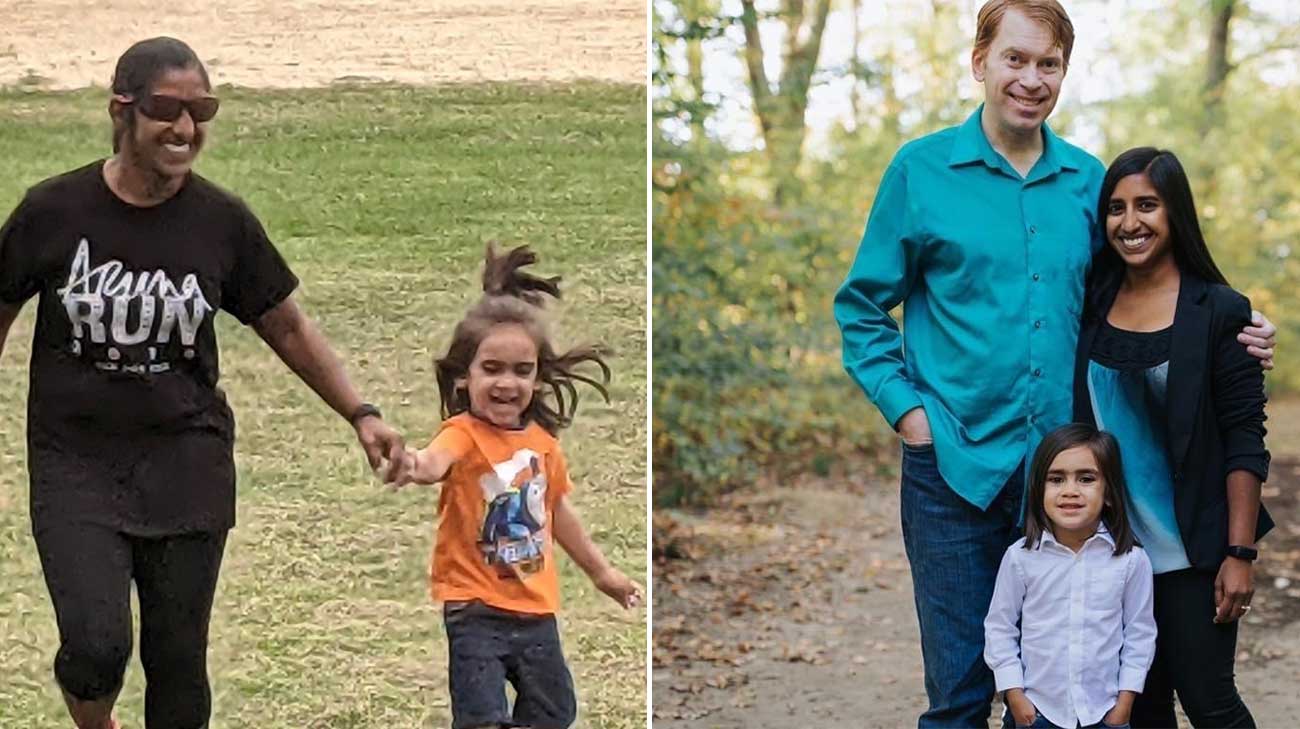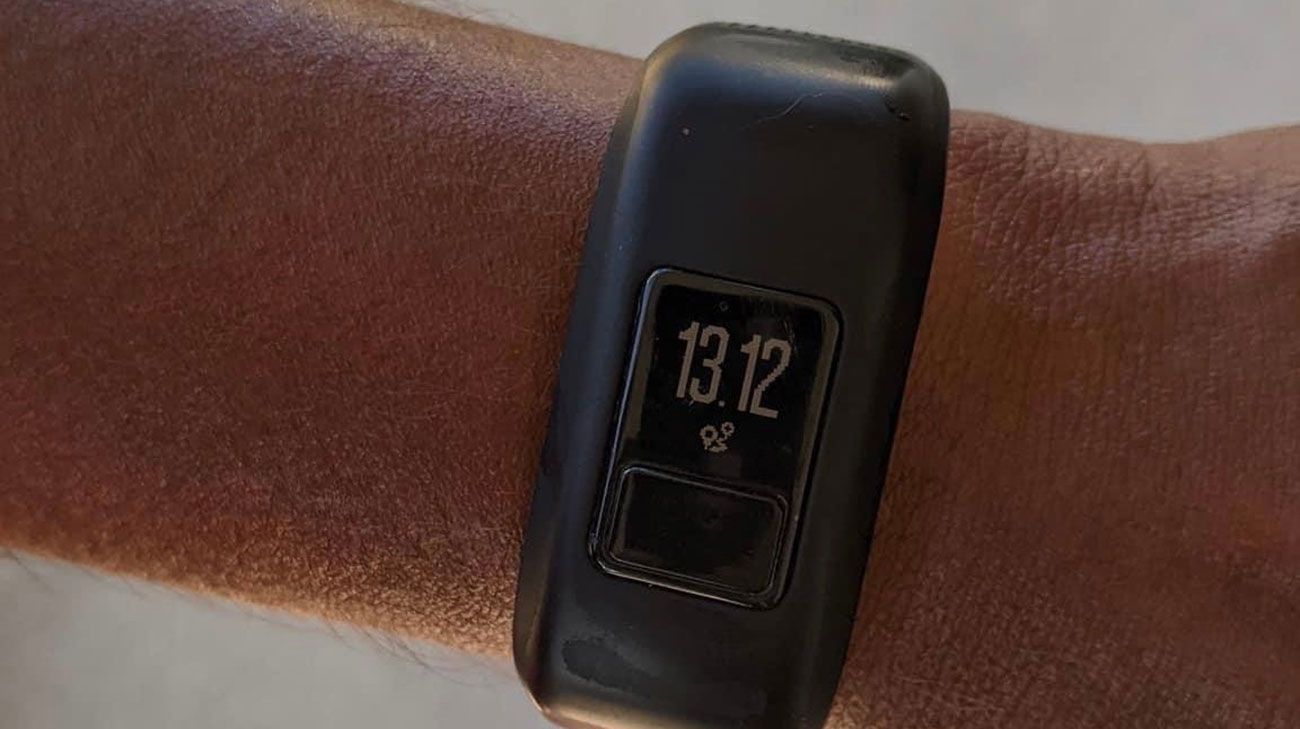
Emily Baddorf was loving life as a teen in 2002 — hanging out with friends and playing sports were two of her favorite things. During a tennis lesson when she was 15, she rolled her ankle. It didn’t affect her training that day; she barely knew it happened.
But the next morning, she woke up in excruciating pain. Her ankle was badly bruised and had doubled in size. “The pain in my ankle was so unbearable that I couldn't even walk on it,” remembers Emily, who lives in Akron and is now 36 years old.
Emily iced and elevated her leg for a few days, but that didn’t make the pain and other symptoms subside. She sought medical care from an orthopaedic specialist at a hospital in Akron. X-rays didn’t show any abnormalities, so the physician referred her to physical therapy.

Emily’s life was on hold at only 15 years old. (Courtesy: Emily Baddorf)
“I was limping and the pain started to rise up my leg. It was so intense that I couldn’t do the exercises. No one could touch my leg because even the lightest touch felt like knives stabbing my leg,” recalls Emily.
The physical therapist suspected Emily had a condition called complex regional pain syndrome (CRPS) — a neurological condition that causes debilitating pain and other symptoms in the extremities. CRPS can greatly impact the function of the affected limb, and can also affect sleep, daily activities and mental health. The therapist suggested that Emily see a pain management specialist at Cleveland Clinic.
Emily’s mother immediately made an appointment. A short time later, Emily and her mom traveled up I-77 from Akron to Cleveland Clinic hoping this appointment would lead her to find some relief.
The physician ordered a thermography test — a noninvasive tool that uses an infrared camera to produce images (thermograms) that show the patterns of heat and blood flow on or near the surface of the body. The infrared camera only showed black thermal images on her entire leg. That coloring indicated that there was no circulation in her leg, which meant Emily had CRPS.
CRPS results from nerve trauma or injury to the affected limb that damages the thinnest sensory and autonomic nerve fibers. These small fibers transmit pain, itch and temperature sensations. They also control the small blood vessels and the overall health of surrounding cells.

Emily traveled north to Cleveland Clinic to help her figure out how she could end her pain. (Courtesy: Emily Baddorf)
Over the years, Emily tried several treatments — oral medications, nerve blocks, spinal cord stimulation — that only brought temporary relief. She went from an athletic teen and social butterfly to being bound to a wheelchair or to her bedroom.
“Having CRPS made me feel powerless. I had no control over my health or life. I couldn’t enjoy anything, even air would cause a flare up and send me to the emergency department,” says Emily.
In 2005, the pain was starting to spread to her other foot, back and hips. If it continued to spread, it was unlikely that any treatment would be able to help Emily or enable her to walk again. They would only be able to try and manage the pain.
Because of the severity of the spread of CRPS, the next step was to implant a permanent pump that released medication in intervals to calm the nerves, reducing the pain to a tolerable level. This finally gave Emily a great deal of relief. The wind no longer sent her to the emergency department and by the end of 2006 she was able to walk on her own.
“The debilitating aspect of CRPS literally put every part of Emily’s life on hold at the age of 15,” says Richard Rosenquist, MD, a pain management specialist at Cleveland Clinic who has been caring for Emily since 2018.
At the age of 22, Emily began her second life. Over time, she went on to get her GED, make new friends, become a labor and delivery doula and midwife assistant, fall in love and get married, have a child and run two half marathon-length (13.1 miles) neighborhood runs.

Since having the permanent pump placed, Emily has been able to run two half marathons. (Courtesy: Emily Baddorf)
“Throughout her medical journey, Emily had her ups and downs, as is expected with such a painful disease, but she showed extreme grace, strength and perseverance,” says Dr. Rosenquist. “Seeing her thrive in life is extremely rewarding.”
During Emily’s pregnancy in 2018, many of her CRPS symptoms went into remission or didn’t come back with the severity they had before she was pregnant. Five years later, she only uses the spinal cord stimulator to control her pain as she lives her life to the fullest.
“The medical care I received at Cleveland Clinic saved my life. Not only was I cared for, but everyone there made sure my whole family was cared for as well,” says Emily. “I trust Dr. Rosenquist immensely. He doesn’t only feel like my doctor, he’s like a friend.”
Related Institutes: Orthopaedic & Rheumatologic InstitutePatient Stories
Perseverance and Focus Help Ovarian Cancer Survivor Beat the Odds HIPEC During Surgery Helps Keep Disease Under Control
Dec 10, 2025
Boy With Advanced Liver Cancer Thriving After Lifesaving Living Organ Donation From Aunt
Dec 8, 2025
Against All Odds A Journey of Recovery After Stroke
Dec 5, 2025
“Dr. Pervez is absolutely incredible, I can’t say enough about him and the speech therapy department. And Cleveland Clinic is phenomenal. They’ve always been wonderful, and I recommend them to everyone I talk to.”


